History of Apple: Journey of the iPod
- Tram Ho
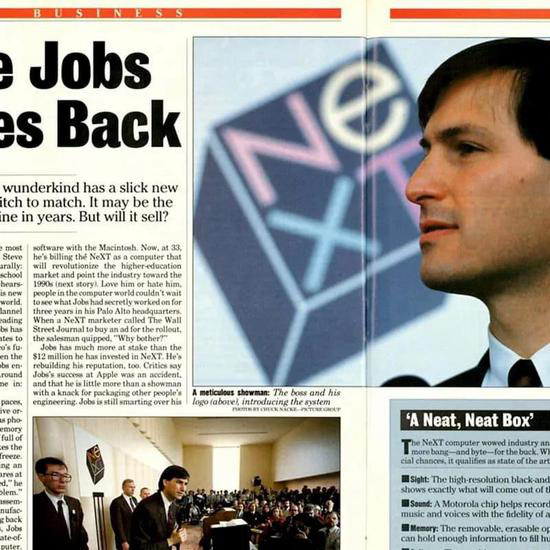
In 1997, Jobs returned to Apple as CEO. At this time, he faced a very difficult situation. The desktop market has been occupied by Microsoft.
Apple lacks popular products and is on the verge of bankruptcy. Only by launching new products can sell well, it can revive.
In 1999, Jobs discovered that Apple has a patent for a new technology, but it has not been used, which is FireWire. The transfer speed of this protocol was dozens of times faster than the popular USB 1.1 interface at the time.
He realized that through FireWire, users can quickly transfer videos taken with digital cameras to computers for editing. Jobs immediately decided that the next-generation iMac would include a FireWire interface.
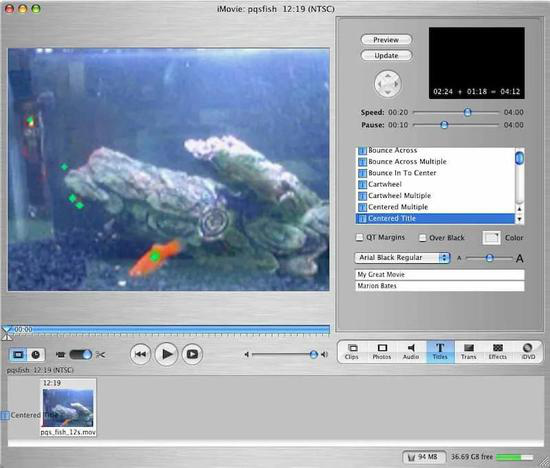
But after the video is uploaded to the computer, there must be software for editing. Apple originally planned to develop a simple, easy-to-use video editing software in cooperation with Adobe, but Adobe declined. Apple had to write this software and that’s the origin of iMovie.
At the same time, Jobs established a “digital hub” strategy for Mac computers and embarked on an expanding digital media market.
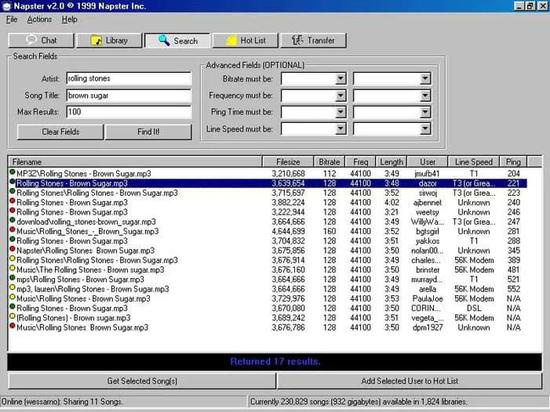
After the Mac computer can process video, the next goal is to handle digital music. At the time, the Napster illegal audio file sharing software (pictured above) showed people the development of digital music.
Despite legal issues, every user knows that downloading MP3 files from the Internet will be a way of distributing music in the future.
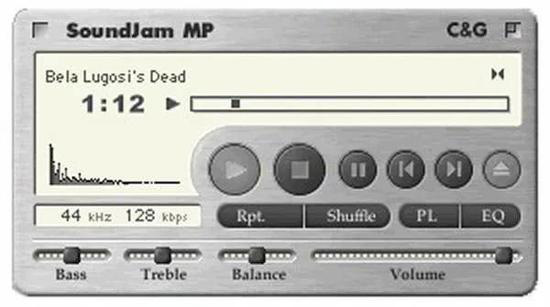
Mac computers did not have any music-related functions built at the time. To fill this gap, Apple bought SoundJam MP, an MP3 player software for Mac computers.
The three authors of the software became Apple employees and Jeff Robbin was responsible for leading the development of all digital music software for Apple.
In January 2001, Jeff Robbin’s team created iTunes (pictured above) based on SoundJam and added the functionality to copy and burn CDs. Later, the Mac computer was able to convert the music on the CD into MP3 files.
But one of the problems that arises from this is that users must be allowed to transfer these files to a portable MP3 player.
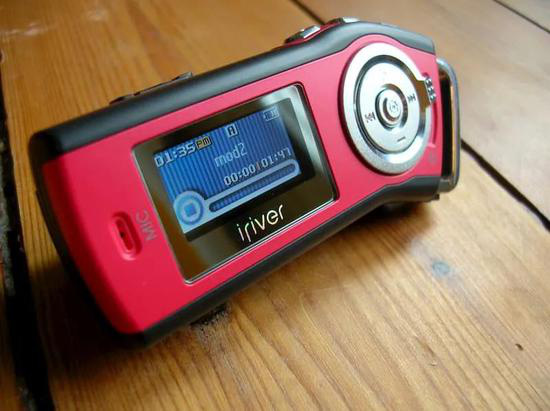
Handheld MP3 players began to appear in the mid-1990s. Steve Jobs believes that all such products on the market were bad and very difficult to use, Apple needed to develop a portable MP3 player. own hand.
The decision also means that, in addition to Mac computers, Apple will begin to intervene in the mobile hardware product market.
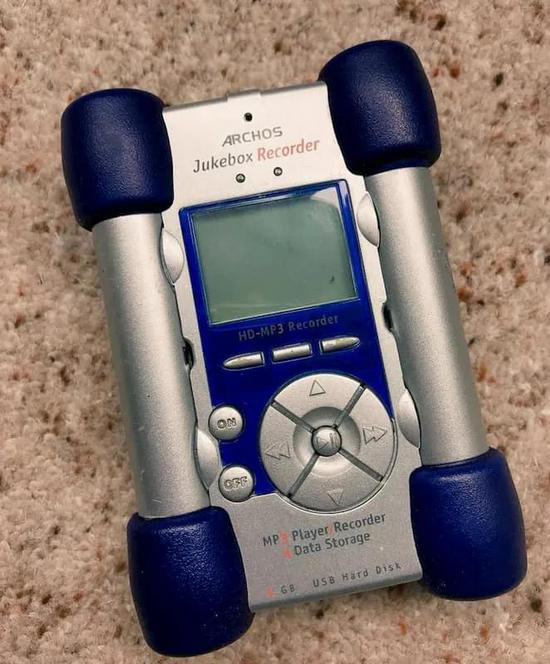
Most of the portable MP3 players back then used flash memory and could only store about one CD of the song, ie about 10 songs. Some use hard disk storage systems (pictured), although they are larger, the design is also large and has a difficult user interface.
Moreover, all devices only use the USB 1.1 interface to transfer music from the computer to the music playback system. The transfer time of a 10-song music CD takes 5 minutes, meaning that if you want to transfer 1,000 songs, it will take several hours.

Steve Jobs believes that the main purpose of Apple’s portable MP3 player must be working well with iTunes and attract many customers using Mac computers. The initial design requirements only include 2 points.
One is to use the FireWire connection protocol to solve the transmission problem, the second is to use a 5 GB hard drive with a size of only 1.8 inches, specially provided by Toshiba (in the picture). It could make the device smaller than other hard disk players on the market.
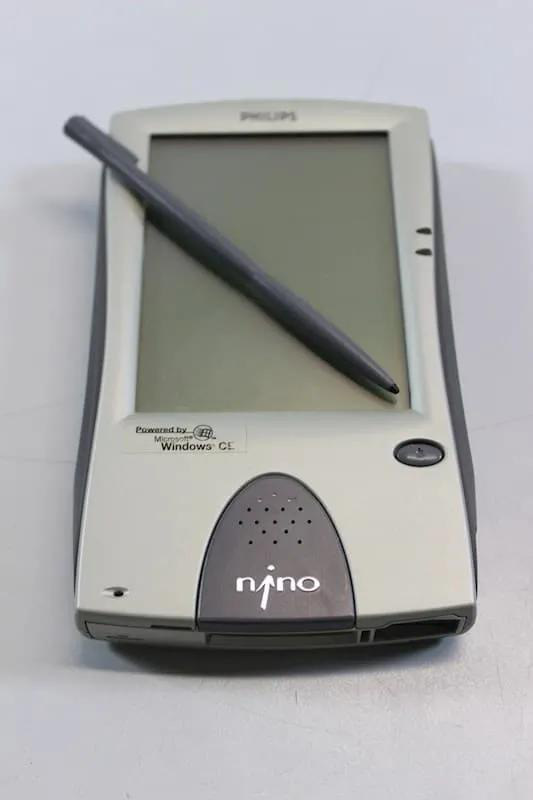
Due to financial constraints, all Apple engineers invested in Mac computers and had no additional manpower to develop this portable music player. So they hired Tony Fadell (from Philips) as a design consultant. He led the device development team based on Nino-enabled Windows CE device model.
Tony Fader has designed 3 product models in 6 weeks. Jobs later approved one of these designs, invited Faddell to be Apple’s official employee, and appointed him in charge of portable music devices.

Another important design decision for this product line was made by Schiller, Apple’s vice president of marketing, which is the ability to select songs via scroll wheel. Other MP3 players use the plus + and – buttons to select a song and can only move one item from the playlist at the same time. If there were a thousand songs, this would not be possible. Using the scroll wheel, users can quickly slide their fingers to navigate the list in the desired proportion.
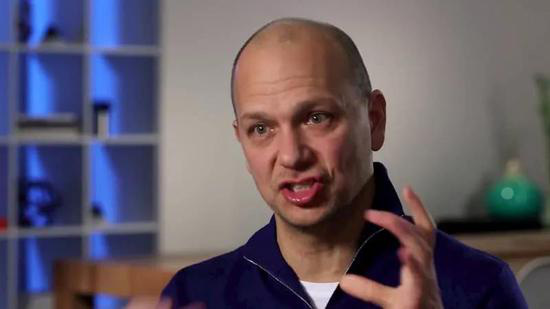
To ease the economic pressure on the company, Jobs asked the new product to be included on the Christmas shopping list in 2001. This meant that Fader was only 6 months away. He had to form a team, developing products, producing them and putting them on shelves within 6 months.
This is also one of Apple’s work culture issues. As the development focus focuses on the Mac computer lineup, there will be very few resources for other projects. If you get stuck, you have to find your own way.
Fadel understands that the company will not close this project until the development of the product is completed and this product may cause financial loss. He also believes that if Apple does not release the device in time, competitors will also release similar devices to quickly occupy this new market.

Due to time constraints, most of the player’s components were purchased from outside companies before they were made by Apple themselves. The MP3 decoder chip comes from a company called PortalPlayer in San Jose. The headset (pictured above) is manufactured by Fostex. This operating system is machined from Pixo. Only user interface designed by Apple’s iTunes designers.
Even so, Fadel’s team has to work 7 days a week, otherwise it won’t keep up with the launch schedule .
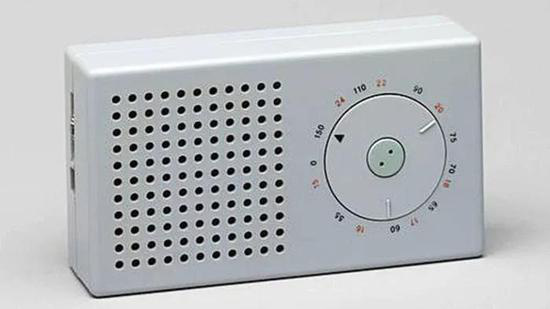
Like other Apple products, Steve Jobs has very high requirements on the product’s appearance, hoping it will stand out visually. Jonathan Ive’s industrial design team is responsible for the exterior design of this device.
Ive designed dozens of shapes and eventually borrowed the idea from the Braun T3 pocket radio (pictured above). A simple box, the size of a card, the surface is white polycarbonate, inlaid with a stainless steel cover.

Finally, you have to name this player.
Apple hired freelance writer Vinnie Chieco and assigned the naming task. He thought Jobs mentioned that Mac computers should be central to digital media and that this music player is a branch of the hub. Therefore, this writer thought it was like a spaceship with computers like hubs, where many small spacecraft were flying around.
The science fiction drama “Star Trek” called this small type of spacecraft “Shuttlepod”, so he suggested to name it the iPod. Jobs liked the name, so the problem was quickly solved. The name doesn’t make sense to connect with the music and the iPod’s functions could evolve over time, so the company doesn’t need to change the name ever again.

However, the incident on 11/9/2001 broke out at this time. Apple brought the iPod from China back to the United States before the government temporarily closed routes. Be aware that if you miss this time period, Apple will miss the Christmas shopping season by the end of the year.
The 9/11 case also brought a sense of urgency to everyone, because they didn’t know what would happen tomorrow. So everyone works hard to make sure everything gets done as planned.
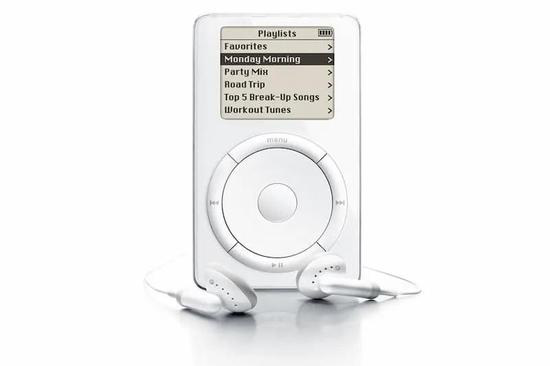
On October 23, 2001, Apple launched the iPod with 5GB of storage, in a smooth white box design, about the size of a card.
This player has no battery replacement cap, no power switch and no screws. Apple hopes to hide the product’s internal technology from users and only deliver a simple message to them: It is completely used to play music.
In November 2001, the first iPod was officially delivered to consumers. Since then, the iPod has been very popular and dominated the player industry. To date, Apple has sold more than 400 million iPods, accompanied by sales of more than 35 billion songs.
Reference Sina
Source : Genk
